Seven years ago, Zhu Rui’s mother fell sick. Doctors failed to establish a diagnosis as the medical imagery was not clear. Zhu, an Optical Sciences student, was decisive to take advantage of his skills. He visualized a product that would promote diagnosis accuracy so others would benefit from imaging innovation, which his mother could not enjoy.
Years later, at age 30, the young man quit his PhD program at the University of Hong Kong, and headed north to Shenzhen to venture into the medical industry in China.
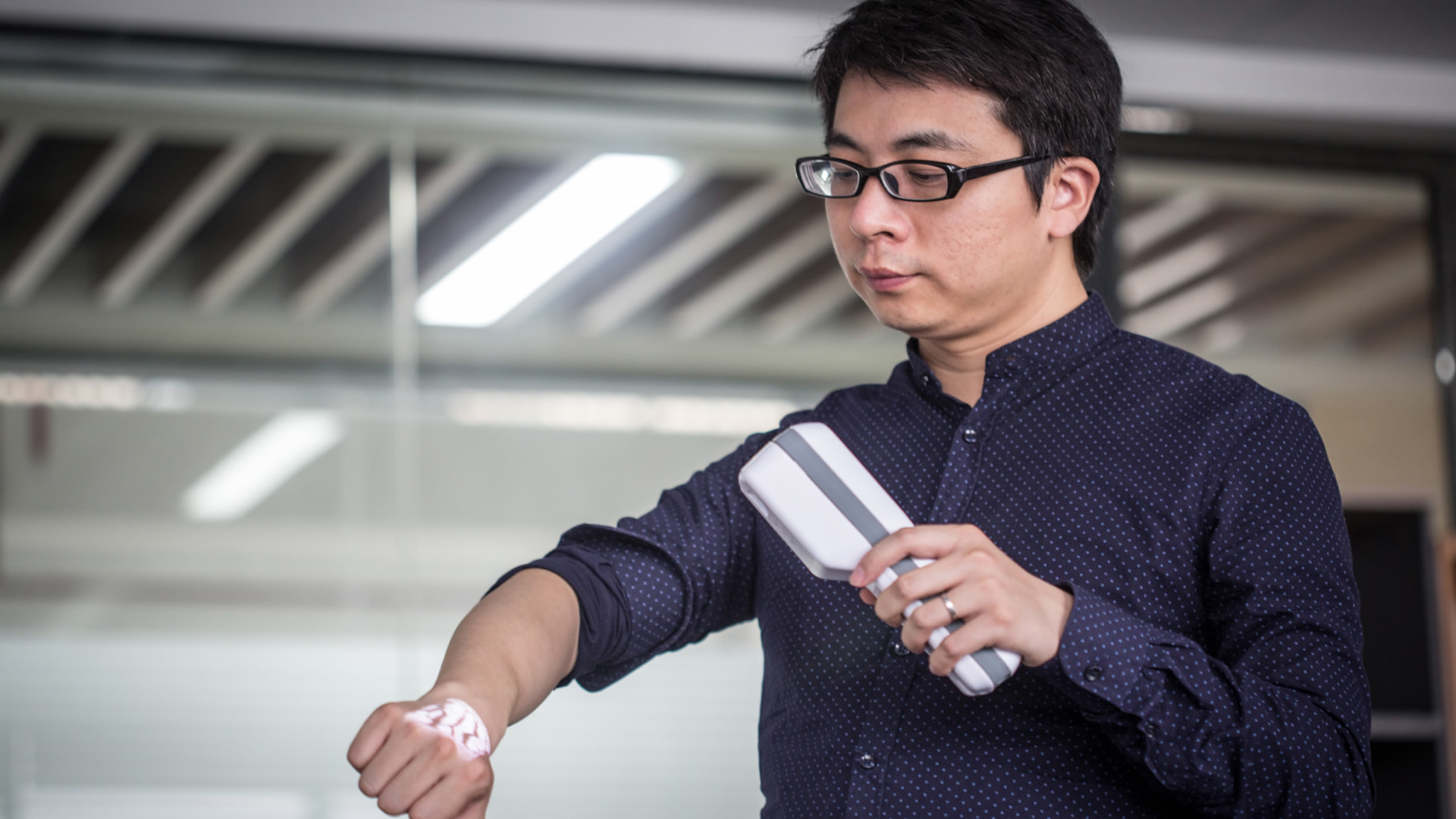
VIVOLIGHT is his brainchild. The startup, established in 2012, aims to develop revolutionary bio-medical optical devices. Less than a year later, the company developed China’s first vein detecting device, the Projection Vein Finder. Another research, which spun over two years, led to the creation of the world’s thinnest endoscope, an instrument used to visualize the interior of hollow body parts. With a diameter of 0.86 mm, the endoscope is used in the Optical Coherence Tomography (OCT), an imaging test which uses light to capture images from biological tissue, among other optical scattering media.
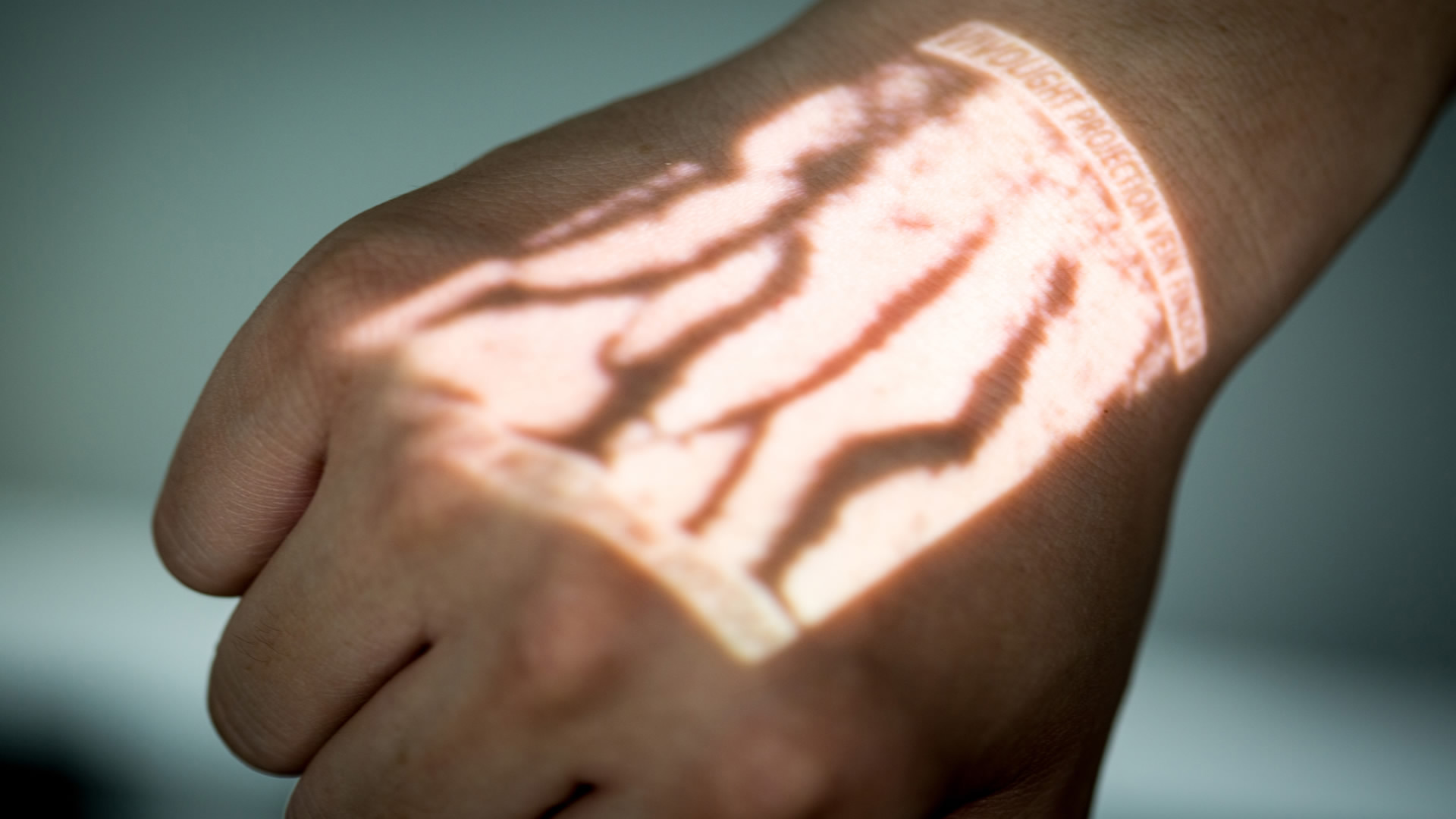
But what does such innovation exactly mean to our life? And how has VIVOLIGHT come of age? Our reporters caught up with Zhu Rui at his office in Shenzhen’s Nanshan district.

Q1: What value does VIVOLIGHT provide to its users?
Zhu: Currently we are in the process of developing two products. The core one is called endoscopic OCT scanner, whose endoscope is made by optical fibers which could go deep into a human’s body and accurately diagnose cholesterol plaques in coronary arteries and identify the location of the stent, reducing thus surgical complications for patients, as well as failure rates. The other product, which is already on the market, is called Projection Vein Finder, through which, veins can be detected to the depth of around 6 mm using infrared light. This comes in handy for nurses during injection procedures.
Clinical tests for the device span for around five month with third-grade class-A hospitals. And the results showed that the vein finder decreased the failure rate of the technique from 20% to 5% and shortened its time to between a half and a third.
Nurses matter to us. China has more than 2 million workers in the nursing field and one of their responsibilities is to give injections. We hope our product could help hospitals reduce the frequency of medical disputes, all the while alleviating the pain of the sick.
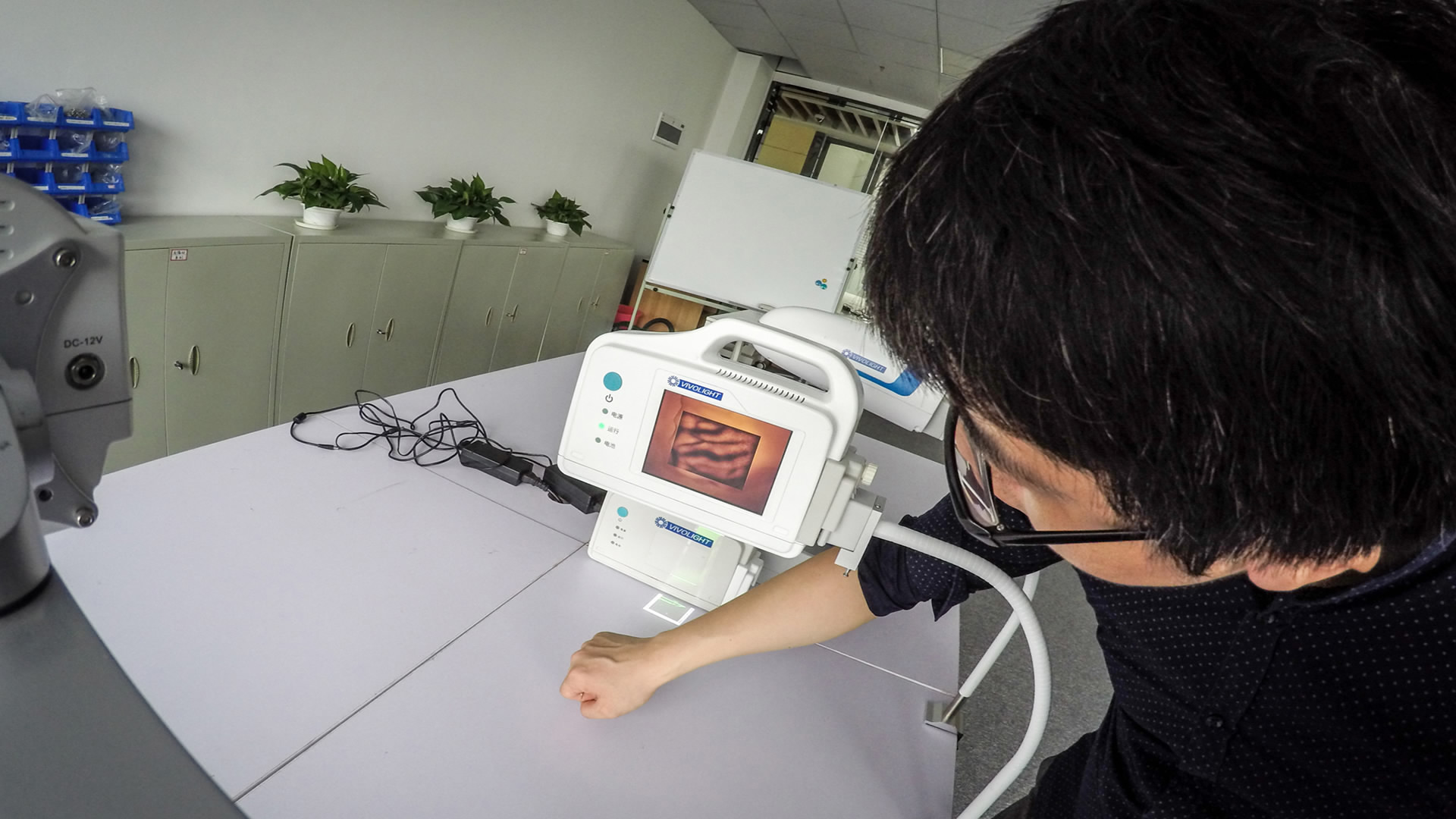
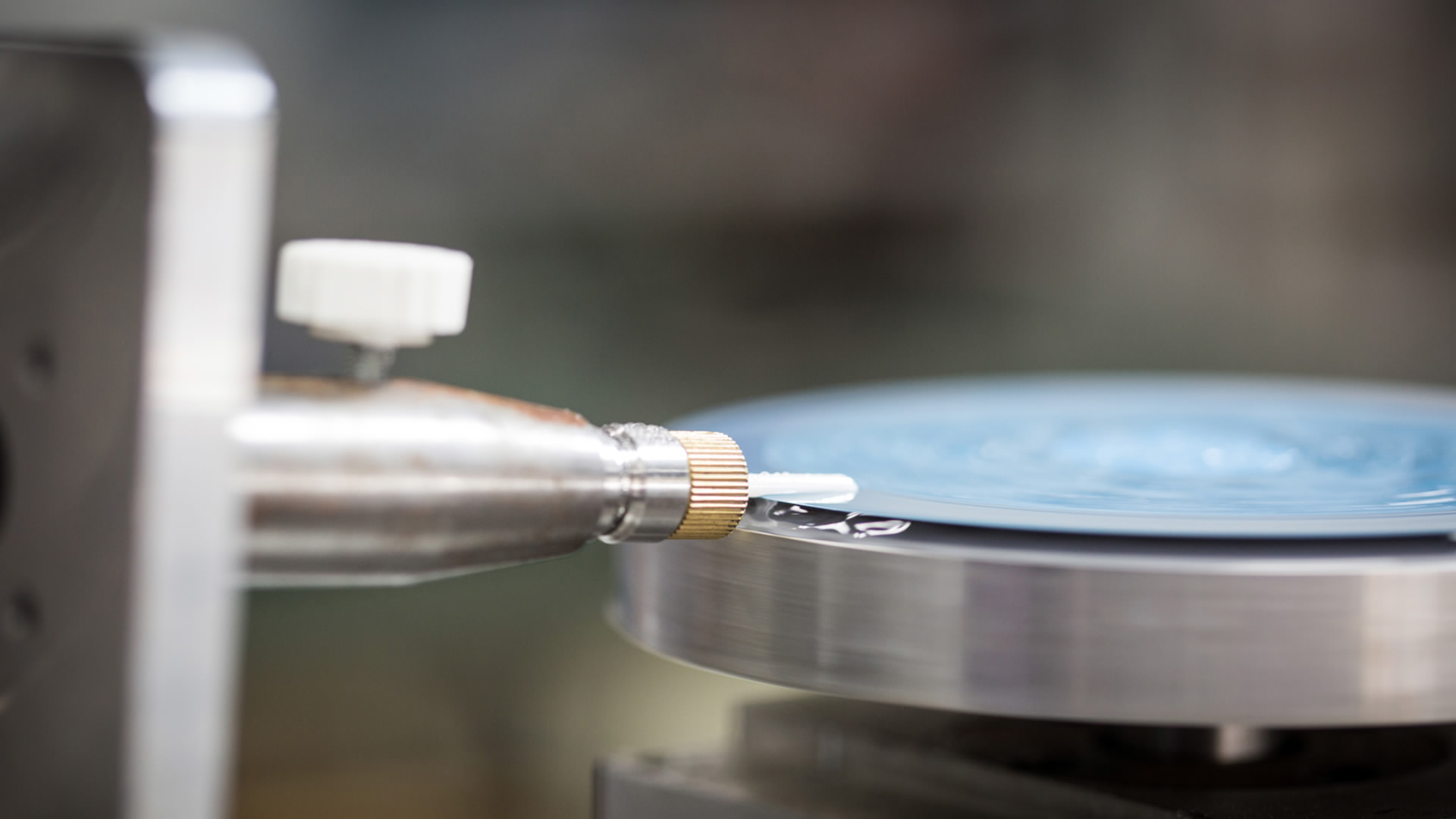
Q2: How long does it take for the device to go from research phase to market availability?
Zhu: It usually takes about six months between setting up the project and getting the relevant certificates, to production and selling. The period is somewhat short, especially in Shenzhen where other projects take up to two or three years. There are two reasons why we were able to cut time short: on one hand we understand the technology in our hands, on another hand, the location helps. Building our mold in Shenzhen allows us to benefit from the industrial chain here which is nothing short on technical expertise and high standards of workmanship. The support from the local governments is also a positive factor.

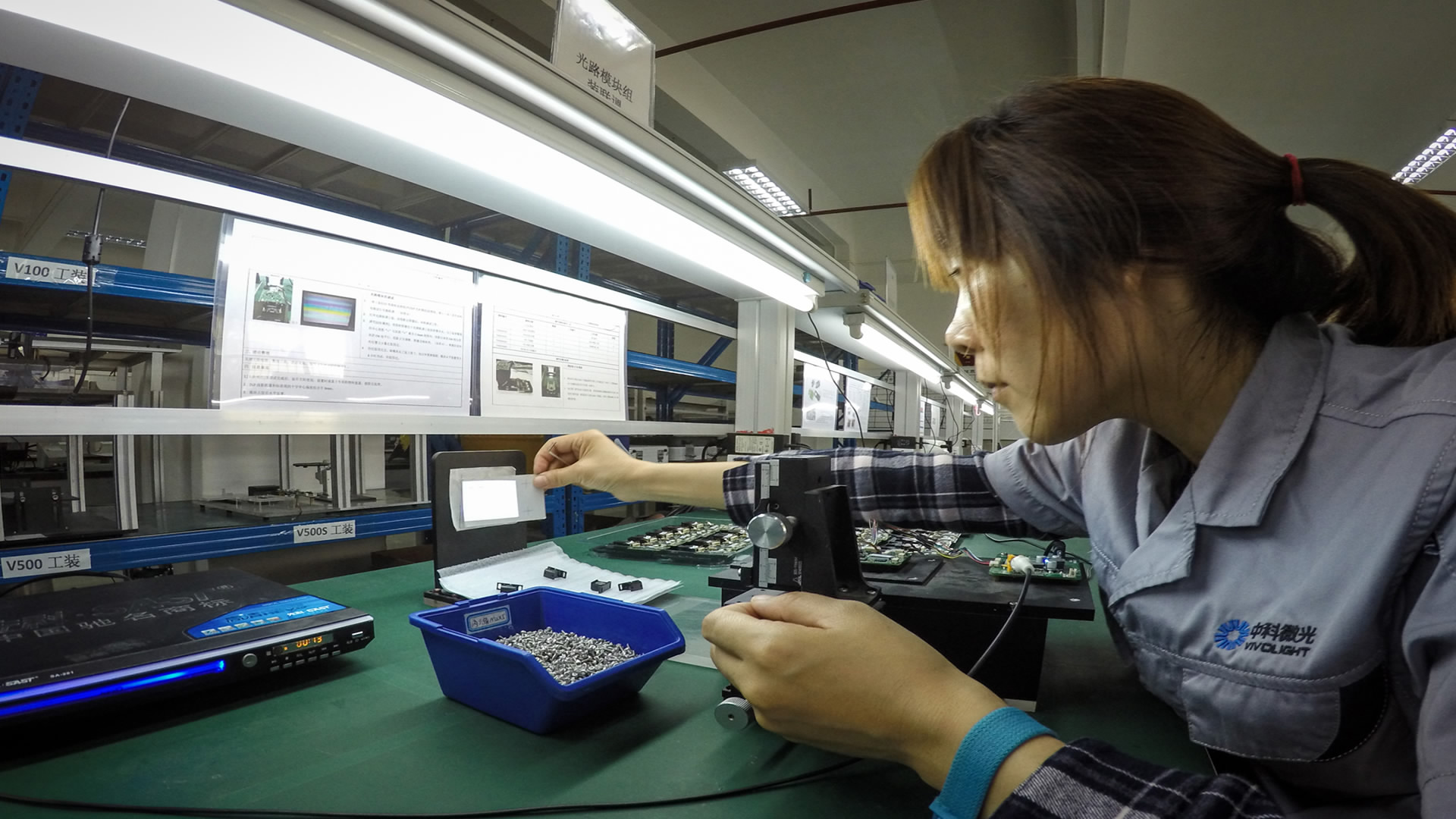
On a global scale, the first kind of similar products was out around 2006. Outside China, there are two ways to present images: either through optical reflection or laser scanning.
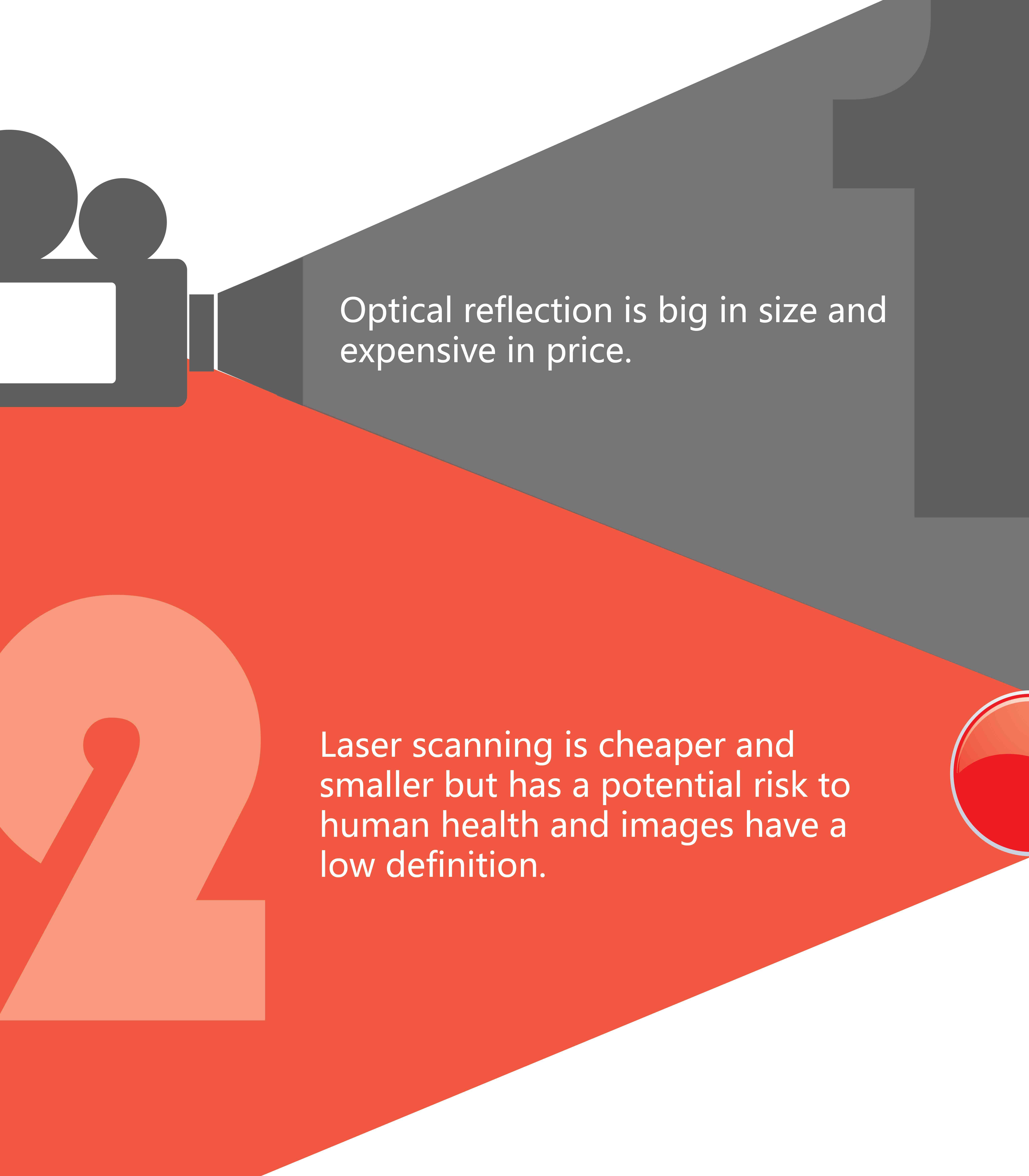
Zhu: Our creative power allowed us to scale the size of the device down, and make it user-friendly.
We also added new functions, such as the detection of the veins’ depth. In doing so, we cater to the needs of Chinese nurses population.
Q4: Will technology undermine the ability of medical professionals?
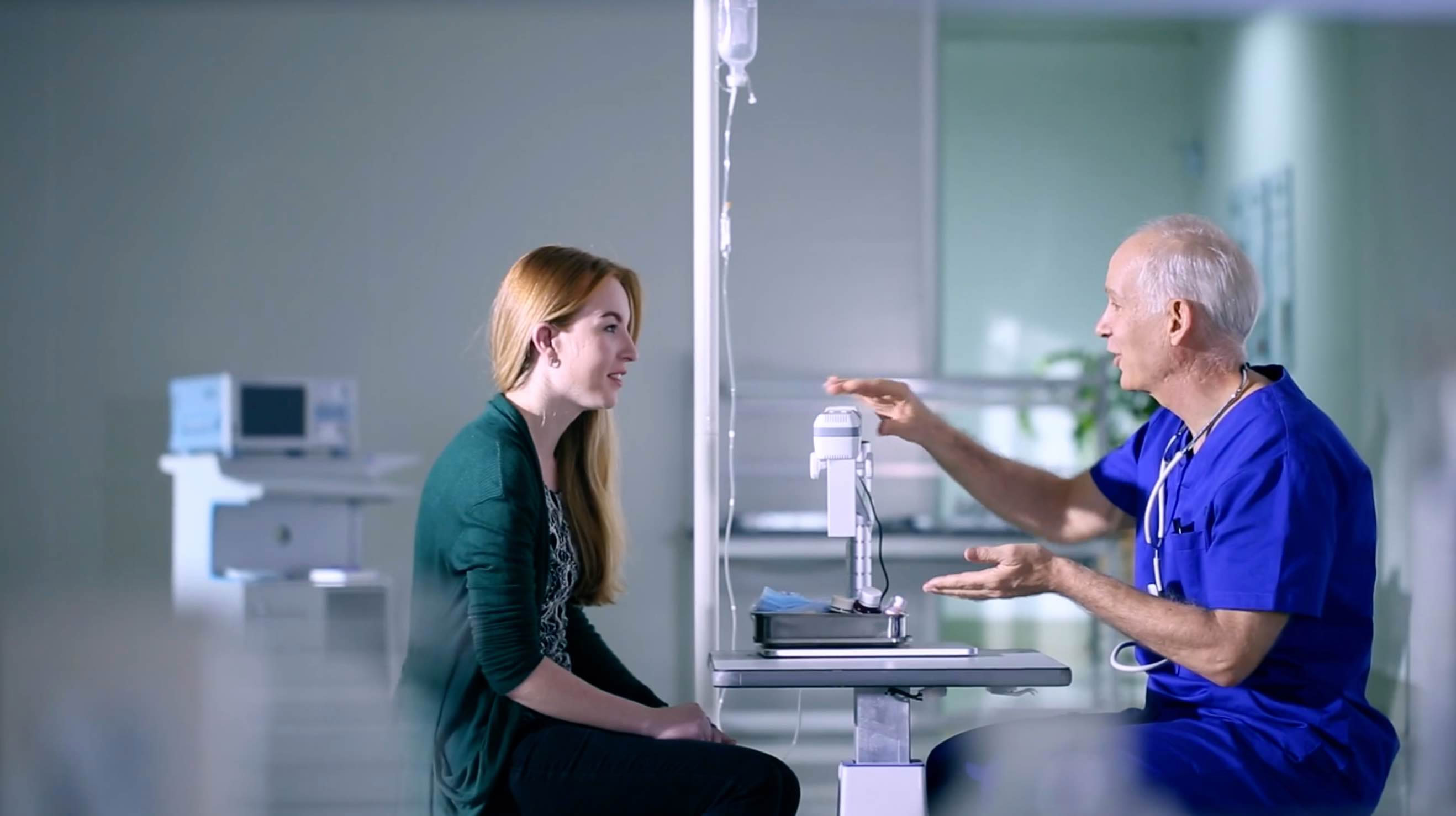
Zhu: Technology exists to help society advance. I don’t think it threatens human abilities. After all, techniques and devices are add-ons, they don’t have the potential to fully replace humans. But I ask myself: “If technology can one day carry a person’s job better, why should that be alarming?” Men have what machines don’t: emotions. Nurses are caretakers while machines are task performers. There’s more to nurses than injecting, they’re meant to provide assistance to people. And to tend to others is the height of medical science raison d'etre.
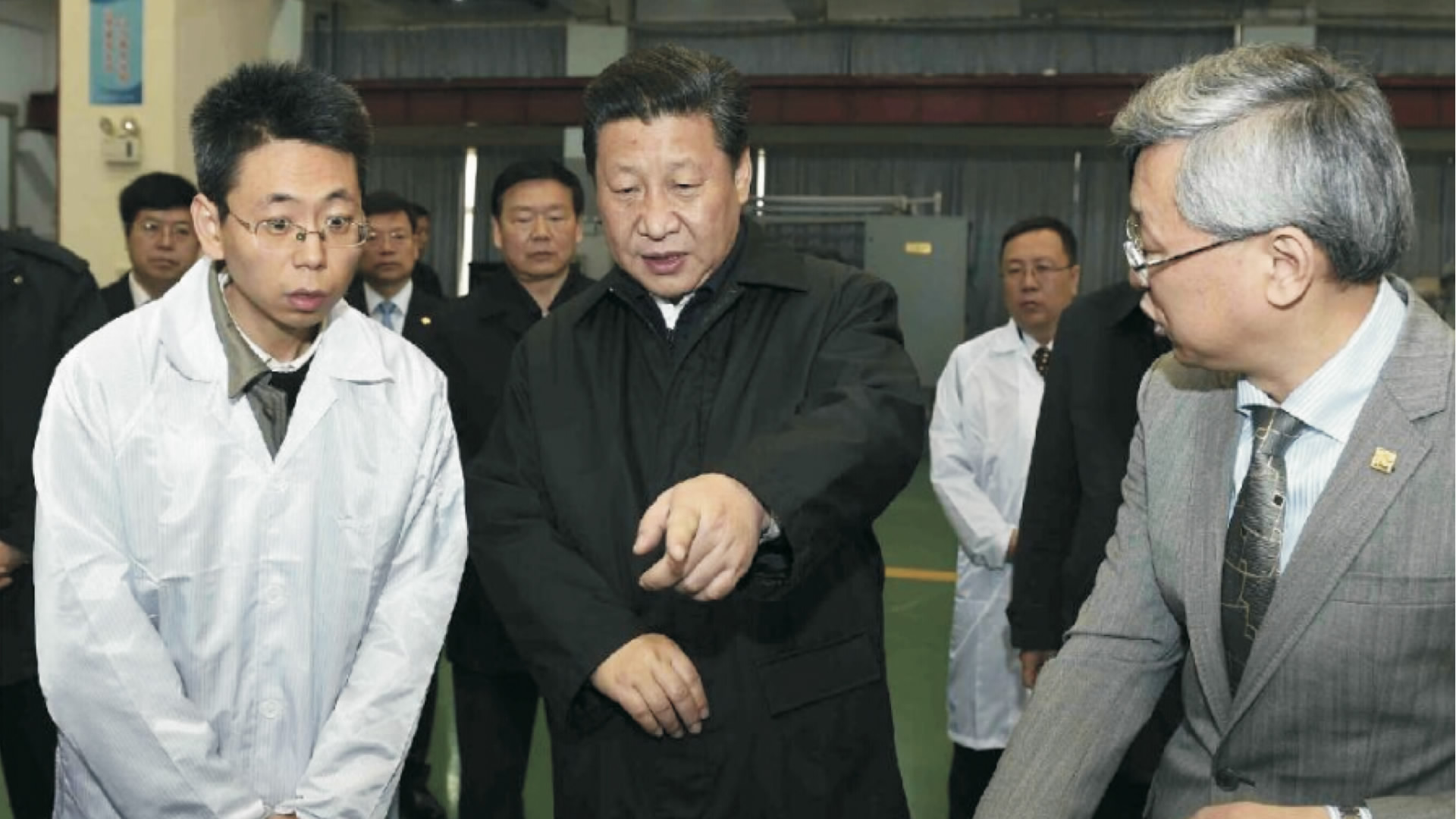
President Xi Jinping experienced Zhu’s product——Projection Vein Finder, in Xi'an Institute of Optics and Precision Mechanics, Chinese Academy of Sciences, in 2015, whose laboratory helps Zhu’s company with market-targeted research.
Q6: What is the biggest obstacle your company encounters?
Zhu: The toughest thing for us would be market education. Guiding people to adapt to our products is not an easy chore. Doctors, who are our main target, are for the most part cautious when it comes to the devices they use, and opt for products that have had a history in clinical trial. As our instrument is rather new, we need more time to establish a higher level of trust. We expect that could take between four to eight years.
TO STARTUPS
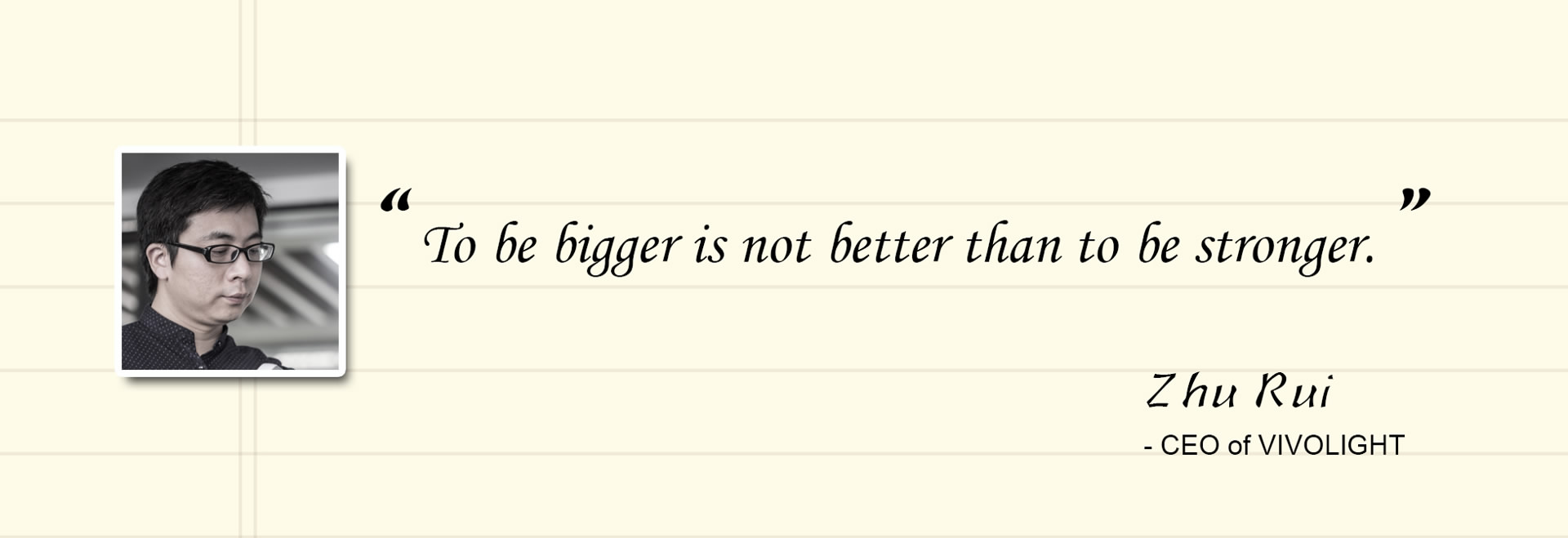
"For us, it is more crucial to have a comprehensive and deep knowledge of our domain and produce outstanding products.For those considering startups in the medical industry, patience is a must, as financing and rapid development could be challenging. It doesn’t matter if one takes a long time to make it big as long as there’s a unique technological concept, because it is the core element that proved to be irreplaceable. The market judges you by your brand, and your brand only. I’d advise others not to get frustrated by a heated market, as it’s beyond one’s control. One should simply, exclusively do what he should do and spare undivided concentration on it. The medical industry has a large room for progress and development, and people will need diversified medical products and apparatuses. This industry is for those who are ready to take the bull by the horns."
Zhu Rui, CEO of VIVOLIGHT









